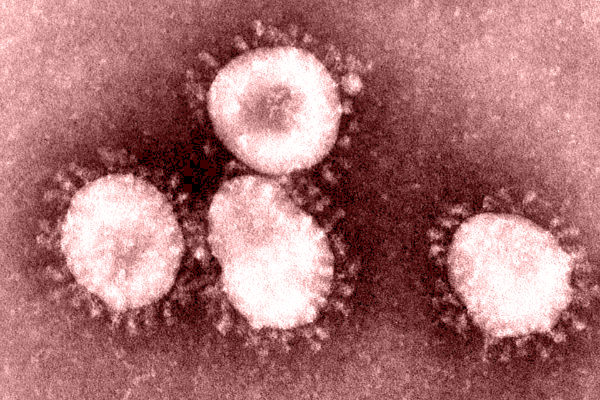 Two additional people in New York City have been identified for testing for the novel coronavirus. Both individuals, who are over 60-years-old, had recently been in mainland China and presented with fever and cough or shortness of breath without another common cause, like influenza and other cold viruses, identified on testing. The first individual has been hospitalized at Flushing Hospital Medical Center. The second is hospitalized a New York-Presbyterian Queens. Both are in stable condition. Testing to determine whether these are confirmed cases of the novel coronavirus will take a minimum of 36-48 hours and depends on CDC testing capacity.
Two additional people in New York City have been identified for testing for the novel coronavirus. Both individuals, who are over 60-years-old, had recently been in mainland China and presented with fever and cough or shortness of breath without another common cause, like influenza and other cold viruses, identified on testing. The first individual has been hospitalized at Flushing Hospital Medical Center. The second is hospitalized a New York-Presbyterian Queens. Both are in stable condition. Testing to determine whether these are confirmed cases of the novel coronavirus will take a minimum of 36-48 hours and depends on CDC testing capacity.
“With the best public health system in the world, New York City stands ready to respond to any confirmed cases of the coronavirus,” said Mayor Bill de Blasio. “I urge all New Yorkers to remain vigilant, and if you or anyone you know matches the criteria and have recently traveled to the affected areas of China, please see a medical professional.”
“We are continuing to work closely with our partners at the CDC, State and federal government as the coronavirus situation evolves,” said Health Commissioner Dr. Oxiris Barbot. “If you have traveled to the area affected by the outbreak in the last 14 days and feel unwell, call your doctor or visit a clinic, and you will be cared for. Also, practice everyday precautions like you would during flu season—wash your hands frequently, and cover your mouth and nose when you sneeze. We remain grateful to all New Yorkers for their cooperation.”
There are now eight confirmed cases in the United States and over 14,000 worldwide. At least 300 people have died. The first person under investigation for the novel coronavirus in New York City remains at Bellevue Hospital and in stable condition. The Health Department has not received results of the CDC test, and will share information about the test as soon as the results are provided.
Cases under investigation should not be presumed as likely to be confirmed. As of Friday, January 31—the latest available national numbers from CDC on cases under investigation—only six of the 120 specimens tested were identified as novel coronavirus.
The novel (new) coronavirus is a strain of coronavirus that has not been previously detected in humans. This novel coronavirus can lead to symptoms of fever, cough or shortness of breath. While some infections have resulted in severe illness, and even death, others have presented with milder symptoms and been discharged from care.
The Health Department is continuing to monitor the evolving worldwide situation daily, including the latest data on transmissions, incubation, new cases, and guidance. The Department has distributed educational materials so that people have the facts about how to protect themselves and their families, what to do if they feel unwell and have a travel history to affected areas, and other important information about this disease. The Health Department has conducted outreach and is providing guidance to local community-based organizations and health care providers serving our communities to inform them of the necessary precautions they need to take if someone with symptoms of coronavirus visits them.
For those who feel sick with fever, cough, or difficulty breathing, and traveled to Hubei province China—or been in contact with a confirmed case novel coronavirus—within 14 days of symptom onset, the CDC recommends:
- Seek medical care right away. Before going to a doctor’s office or emergency room, call ahead and tell them about recent travel and symptoms.
- Avoid contact with others.
- Do not travel while sick.
- Cover mouth and nose with a tissue or your sleeve (not hands) when coughing or sneezing.
- Wash hands often with soap and water for at least 20 seconds. Use an alcohol-based hand sanitizer if soap and water are not available.
For more information about the coronavirus, visit the Heath Department website at nyc.gov/health.
Become a Harlem Insider!
By submitting this form, you are consenting to receive marketing emails from: . You can revoke your consent to receive emails at any time by using the SafeUnsubscribe® link, found at the bottom of every email. Emails are serviced by Constant Contact








